DNEA Digital New Energy Africa | Innovative Solutions for Sustainable Power & Wind Turbines
- 010 824 1395
- 084 817 8179
- info@dnea.co.za
- Warranty Disclaimer and Claim Policy
OUR SERVICES
-
Sale!
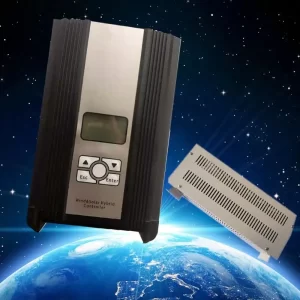
Advanced Wind Charge Controller upto 2000W with Optional Wifi
R4900,00Original price was: R4900,00.R3900,00Current price is: R3900,00. Request Quote -
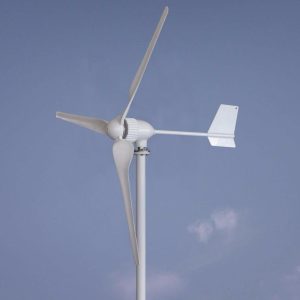
Wind Turbine Horizontal 3 Blade 1000W 48V with MPPT Controller
R16900,00 Request Quote -
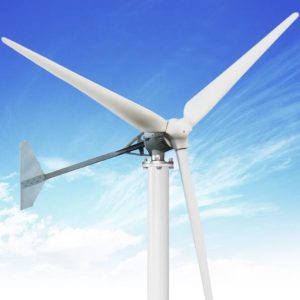
Wind Turbine Horizontal 3 Blade 2000W 48V with MPPT Controller
R34900,00 Request Quote -

Wind Turbine Horizontal 5 Blade 400W 12/24V with MPPT Controller
R7900,00 Request Quote -
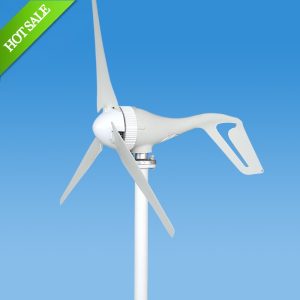
Wind Turbine Horizontal 5 Blade 500W 48V with MPPT Controller
R8900,00 Request Quote -
Sale!
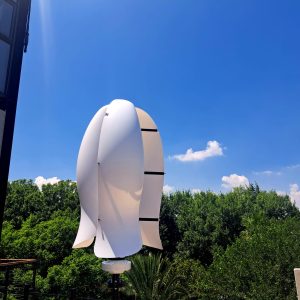
Wind Turbine Vertical 3 Blade 1000W 48V with MPPT Controller 2025 Model
R21500,00Original price was: R21500,00.R19900,00Current price is: R19900,00. Request Quote -
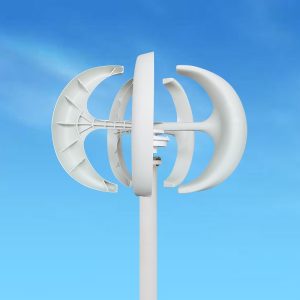
Wind Turbine Vertical 5 Blade 400W 12/24V with MPPT Controller
R7900,00 Request Quote -

Wind Turbine Vertical 5 Blade 500W 48V with MPPT Controller
R8900,00 Request Quote
